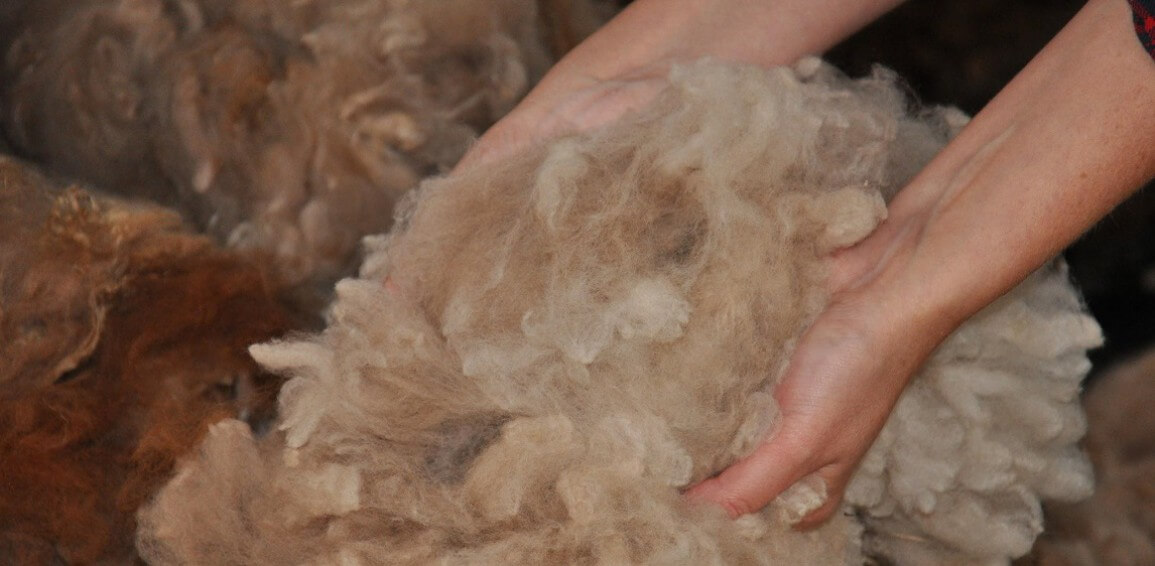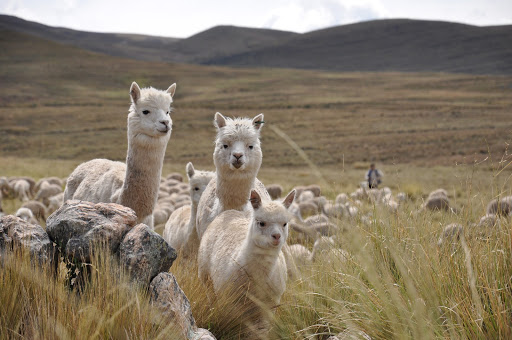
Here at the House of So Cosy, we appreciate all things natural and sustainable. A fact that makes our love of alpaca wool a little obvious.
Many benefits go hand-in-hand with the use of natural fibres around the home and on the go. These advantages have been embraced for a number of years, with people and alpacas sharing a long and happy history.
The alpaca wool industry goes back a lot further than many think. Here we offer a brief history so you can discover more about the roots of this much loved, responsibly sourced, super soft, and utterly luxurious fibre.

The mythical meaning of the alpaca
Since their domestication some 6,000 years ago, alpacas have been treasured by many South American civilisations.
They even earned a place in Andean mythology thanks to their charming and gentle nature. Gateway Farm reveals more about their South American prehistory:
“Alpacas are associated with the goddess ‘Pachmana’, the Earth Mother, in Andean mythology. It was believed that alpacas were loaned to humans, to be left on earth for only as long as they were properly cared for and respected. According to this legend, alpacas were given as a gift at the mountain Ausangate in Peru.”
Thanks to their status, alpacas were the subject of numerous sophisticated Inca breeding programmes. Herds were held in high esteem amongst the indigenous people of the Andes, but history took a turbulent turn when Spanish forces invaded Peru in 1532.

The invasion of the Inca empire
The Spanish Conquest of Peru lasted 40 years in total, and led to the decimation of the then thriving Inca empire. The invasion was part of Spain’s rise to power.
At the time, there were approximately 10 million indigenous people living in Peru. These numbers fell to one million at the end of the Spanish Conquest. As well as the destruction of the Inca people, their long-established traditions and values were also damaged.
Alpacas were affected. Spanish forces did not share the same appreciation for these wonderful creatures, and persisted in driving herds from the grazing land they occupied under Inca rule to higher plains in the mountains. Sheep and cattle took precedence over alpaca, and this resulted in a dramatic decline in numbers.

The revival of the alpaca
It wasn’t until 1945 that efforts were made by the Peruvian government to bring alpacas back to their former glory.
Prompted by the opening of an English spinning mill in Arequipa, the government began to forge partnerships with countries around the world. Breeding programmes were established once more, with an aim to restore the Andean alpaca population’s pre-Conquest quality.
Due to political unrest in Peru, alpaca wool exports to the USA, Australia and the UK didn’t begin until the 1990s.

And today…
The Andean alpaca population continues to go from strength to strength. According to the British Alpaca Society, there are now three million alpacas in South America.
We use Peruvian alpaca wool to carefully craft our alpaca wool throws, shawls, and scarves. We not only have an appreciation for their long and often turbulent history. We admire the ethical, eco-friendly, cruelty free, and respectful practices used to source one of the most luxurious and silky fibres on the planet.

